In Tune with Your Horse: Insights into Equine Communication
Building a strong, trusting relationship with your horse is like learning a new language—you must understand each other’s signals to communicate effectively. This connection isn’t just about getting through the training sessions smoothly; it’s about creating a bond that enriches every interaction, whether you’re in the saddle or simply hanging out in the stable.
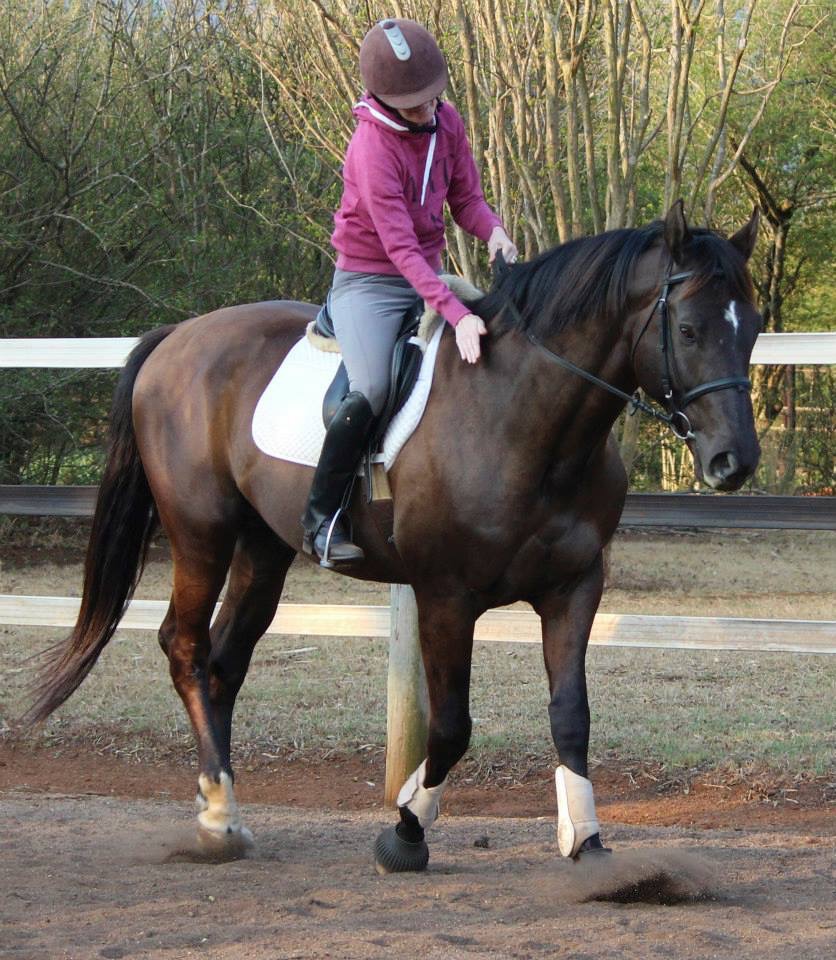
Reading the Signs
Understanding your horse’s cues is essential for effective communication and creating a close relationship. Horses are extremely expressive animals, they communicate mostly through body language.
Positive Cues: Signs of Happiness and Contentment
- Relaxed Posture: A relaxed horse will have a loose, soft stance. Their head will be held low or at a natural, comfortable height, and the body looks calm without any tension.
- Soft Eyes and Half-Closed Eyelids: A relaxed horse will have soft, gentle eyes, often with half-closed lids, indicating a calm and happy horse.
- Chewing: After a command or during interactions, a horse might chew, which often signals that they are relaxed and processing information or a new situation positively.
Negative Cues: Signs of Stress or Discomfort
- Pinned Ears: One of the most recognizable signs of irritation or anger in a horse is when their ears are pinned back close to the head. This can also indicate fear or discomfort, depending on the context.
- Stiff Movements: A horse that feels anxious or uneasy will display stiff, choppy movements. A tail that is clamped down, rather than flowing freely, is also be a sign of stress.
- Shying or Spooking: Abrupt darting away or shying at minor disturbances can indicate that a horse is feeling stressed or frightened.
Tips for Observing Your Horse
- Consistent Observation: Spend regular time with your horse not just during training but also during quiet times. This allows you to understand their normal behavior and quickly recognize any deviations that might indicate discomfort or stress.
- Context Matters: Always consider the context of your horse’s behaviors. What might be normal in one situation could be a sign of distress in another. For example, a horse might be more alert and have their ears forward while out on a trail as they explore the environment, which is normal, compared to the same behavior in a familiar stable, which could indicate something is amiss.
- Response to Changes: Notice how your horse reacts to changes in their environment, such as new animals, people, or even changes in the weather. This can give you insights into what situations they find comfortable or stressful.
By learning to read these signs and understanding what your horse is communicating, you can respond more effectively to their needs, ensuring a happier and healthier life together. Remember, each horse is an individual, so getting to know their unique signals will deepen the bond you share.
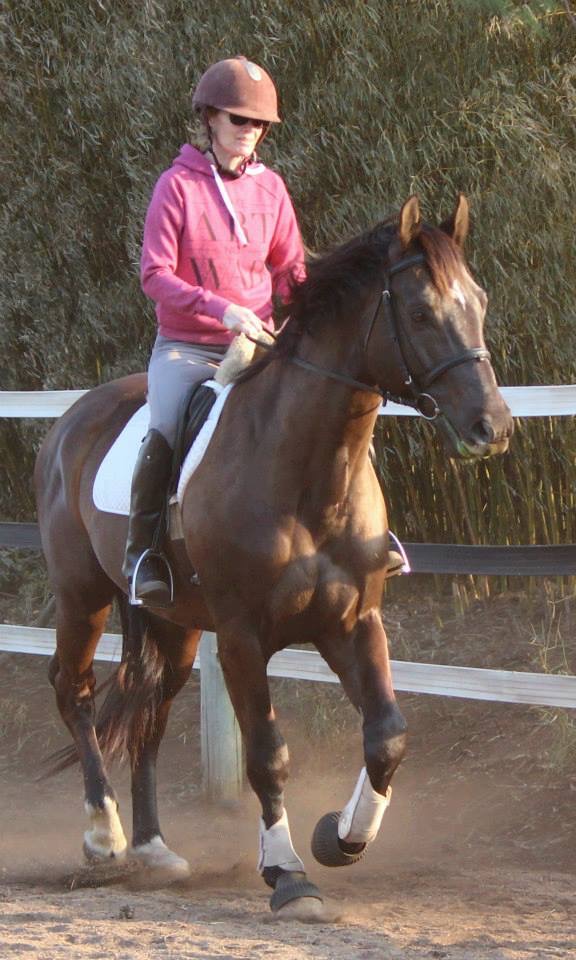
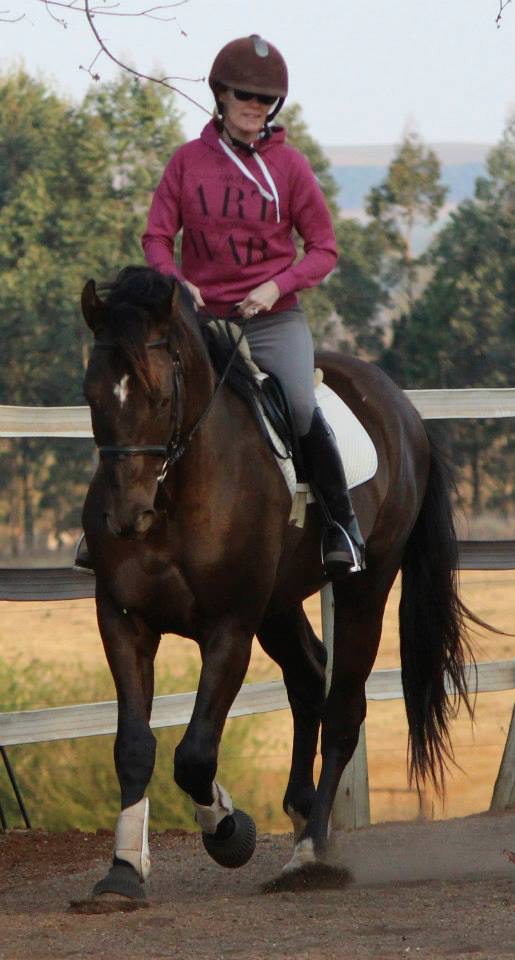
Responding to Your Horse’s Cues
Reacting appropriately to your horse’s cues is crucial for building a bond based on trust and understanding. Here, we’ll explore strategies for responding effectively, especially to signs of anxiety or fear, along with the use of positive reinforcement techniques.
Appropriate Reactions to Anxiety or Fear
- Stay Calm and Collected: Horses are highly sensitive to our emotions. When your horse is anxious or fearful, maintain a calm demeanor. This can help reassure your horse that there is no real danger, and they can rely on your leadership.
- Give Space and Time: If your horse shows signs of fear, instead of forcing an immediate confrontation with the object or situation causing fear, allow some space. Gradually expose your horse to the fearful stimulus in a controlled manner, ensuring each experience is positive or neutral.
- Consistent Reassurance: Use a calm voice and gentle touches to reassure your horse. This can be particularly effective when they are getting jittery. Your steady presence can work wonders in calming a nervous horse.
Positive Reinforcement Techniques
- Rewards for Good Behavior: Positive reinforcement involves rewarding your horse for good behavior. This can be in the form of treats, petting, or even verbal praise. The key is to reward immediately after the desired behavior to reinforce the connection between the action and the reward.
- Break Tasks into Smaller Steps: When training or introducing new commands, break them down into manageable steps. Reward your horse at each step to motivate and encourage them. This builds their confidence and understanding of what is expected.
- Variety in Training: Keep training sessions engaging and varied. This prevents boredom and fosters an enthusiastic attitude towards learning. Incorporate games or playful challenges that encourage your horse to participate willingly.
Importance of Consistency in Reactions
- Build Predictable Patterns: Horses learn best through consistent and predictable patterns. By being consistent in your reactions, you help your horse understand what is expected and how they should behave in various situations.
- Develop Trust: Consistent responses not only aid in training but also in developing a deep-seated trust. Your horse starts to understand that you are a reliable leader and caretaker, which is essential in stressful or new scenarios.
- Enhance Security: Consistency in your behavior and responses helps your horse feel secure and safe. They know what to expect from you, which is comforting and reduces anxiety.
You enhance your communication and strengthen your relationship by understanding how to respond effectively to your horse’s cues and employing positive reinforcement techniques. Consistency in your reactions ensures your horse learns effectively and feels secure in your care, setting a solid foundation for a trusting partnership.
Enhancing Communication Through Training
Effective training is not just about teaching skills; it’s about enhancing the way you communicate with your horse. By incorporating basic training tips, particularly through groundwork exercises and the careful use of voice commands and body language, you can significantly improve your mutual understanding. Here’s how you can go about it:
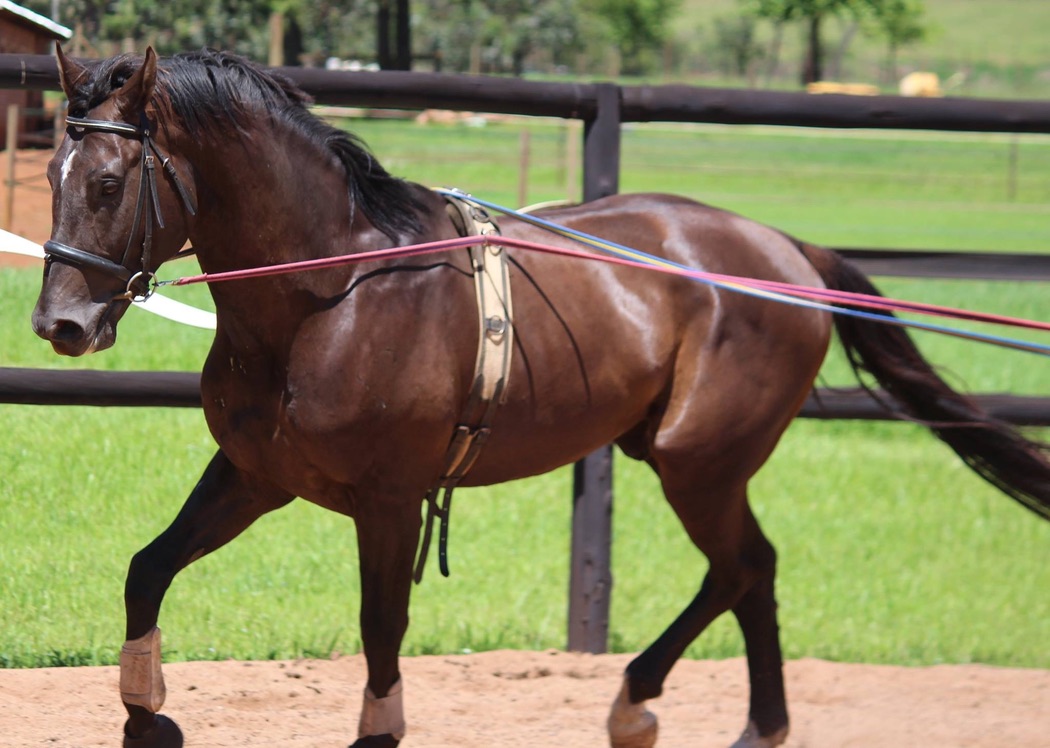
Groundwork Exercises
- Lead and Follow: Begin with simple leading exercises where you guide your horse around using a halter and lead rope. This teaches your horse to follow your cues while you establish yourself as the leader. Gradually introduce changes in direction and speed to refine communication.
- Lunging: Lunging is a fantastic way to teach your horse to respond to vocal commands and gestures from a distance. It allows your horse to work off energy while focusing on your cues regarding pace and direction.
- Desensitization: Use groundwork to expose your horse to various stimuli (such as tarps, flags, or unusual noises) in a controlled setting. This helps build confidence and teaches them to look to you for cues on how to react in different situations.
Importance of Voice Commands and Body Language
- Consistent Voice Commands: Use clear and consistent voice commands to direct your horse. Each command should be distinct and always used in the same context. This consistency helps your horse understand and respond correctly over time.
- Expressive Body Language: Horses are incredibly responsive to body language. Use your posture, facial expressions, and movements to communicate. For instance, standing tall and making eye contact can convey authority, while turning sideways and avoiding direct eye contact can be soothing.
- Positive Reinforcement: Combine voice commands and body language with positive reinforcement. For example, saying “good” in a warm tone while offering a pat or treat helps your horse understand they’ve done something right.
Integrating Training into Daily Routines
- Consistent Daily Interactions: Use everyday interactions to reinforce training principles. Consistency in how you handle your horse, from grooming to feeding, strengthens the communication lines and reinforces their training.
- Observation and Adjustment: Always be observant of how your horse responds during training sessions. Be prepared to adjust your methods if something isn’t working. Understanding comes from not just teaching but also listening and adapting to your horse’s needs.
By focusing on groundwork and the strategic use of voice commands and body language, you create a robust framework for communication. This approach not only improves the effectiveness of your training sessions but also deepens the bond between you and your horse, making every interaction a building block in your relationship.
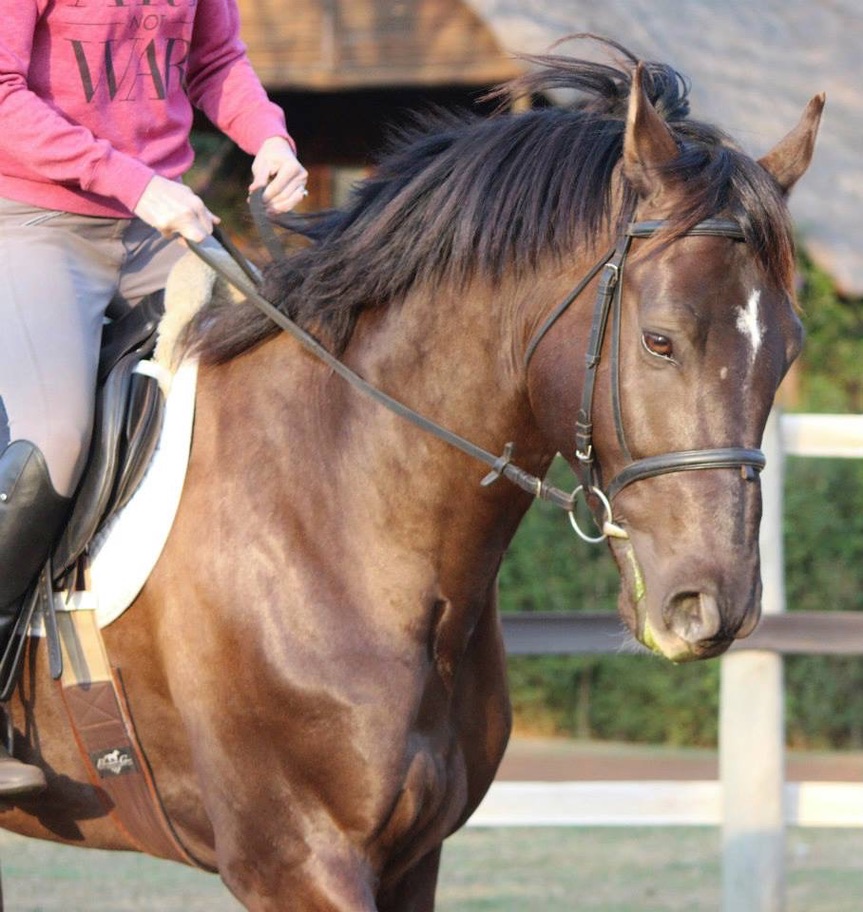
Common Mistakes to Avoid
Interpreting horse behavior can sometimes be tricky, and misunderstandings can lead to setbacks in training and bonding. By recognizing and correcting common errors, you can foster a healthier and more effective communication channel with your horse. Here’s a look at typical misunderstandings and how to address them:
Misreading Horse Behavior
- Playfulness vs. Aggression: A horse tossing its head or kicking up might be simply playful, not aggressive. Watch for other signs like ear positioning and overall body language to determine the intent. Playful actions are usually accompanied by a relaxed posture and occasional nipping, whereas aggression is characterized by pinned ears, bared teeth, and more forceful actions.
- Fear vs. Stubbornness: A horse refusing to move or react might not be stubborn but scared. Look for signs of fear such as wide eyes, flaring nostrils, or sweating. A fearful horse needs reassurance and gentle encouragement rather than force.
- Excitement vs. Discomfort: A horse that is unusually active or vocal might be excited, not uncomfortable. However, if this behavior is accompanied by signs like pawing at the ground or rolling, it might indicate discomfort, such as colic.
Advice on Correcting Misinterpretations
- Take a Holistic View: Always assess the entire context of your horse’s behavior. Factors like environment, recent changes, and other external stimuli can influence how your horse acts. Understanding the context helps you interpret their behavior accurately.
- Educate Yourself: Continuously educate yourself about horse behavior. Attend workshops, read books, and talk to more experienced horse handlers. The more you know, the better you can understand and communicate with your horse.
- Patient Observation: Spend time just observing your horse without interacting. This can give you insights into their natural behavior and help you distinguish between different states like relaxation, alertness, or distress.
Learning from Mistakes
- Reflect on Interactions: After each session, take time to reflect on how your horse responded to different cues and situations. Consider what worked well and what didn’t, and think about why.
- Seek Feedback: Don’t hesitate to ask for feedback from trainers or other experienced horse people. They can offer a fresh perspective on your handling techniques and your horse’s behavior.
- Be Adaptable: Be willing to adapt your approach based on your horse’s reactions. Each horse is unique, and what works for one might not work for another. Flexibility in your training and communication style is key to developing a strong bond.
By being aware of and actively correcting these common mistakes, you enhance your ability to understand and communicate effectively with your horse. This not only improves training outcomes but also contributes to a more fulfilling relationship with your equine partner.
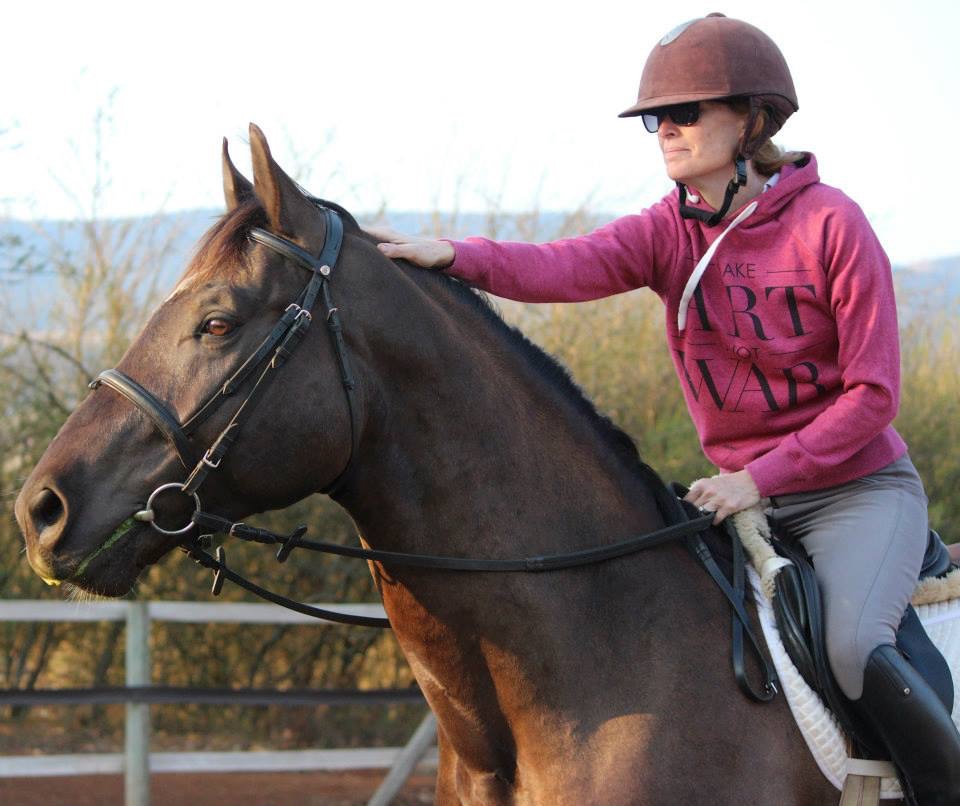
Conclusion
Mastering the art of communication with your horse is about much more than achieving smoother training sessions—it’s about forming a deeper bond that enhances every aspect of your relationship. Recognizing and correctly responding to your horse’s signals is essential. It not only ensures their well-being but also builds a foundation of trust and understanding that transcends the training arena.
Throughout this article, we’ve explored the subtle cues that reveal your horse’s feelings and intentions, from the contentment in their soft eyes to the warning signs of pinned ears and stiff movements. We’ve emphasized the importance of interpreting these signals within their specific context to better understand what your horse is truly communicating. Additionally, we’ve covered strategies like consistent and appropriate reactions to anxiety or fear, the use of positive reinforcement, and the importance of consistency in your responses, all of which help to reinforce your horse’s learning and comfort.
As we wrap up, I encourage you to take these insights back to your stables. Spend time observing and interacting with your horses. Notice the small details in their behavior, experiment with the training techniques we’ve discussed, and always be adaptable and responsive to your horse’s needs. This ongoing dialogue between you and your horse not only improves your effectiveness as a handler but also enriches the lives of both you and your horse.
Remember, communication with your horse is a journey of continuous learning and bonding. Every moment you spend together is an opportunity to strengthen your connection. So, step out into the stables, armed with patience and attentiveness, and enjoy the rewarding process of growing closer to your equine companion through better communication.
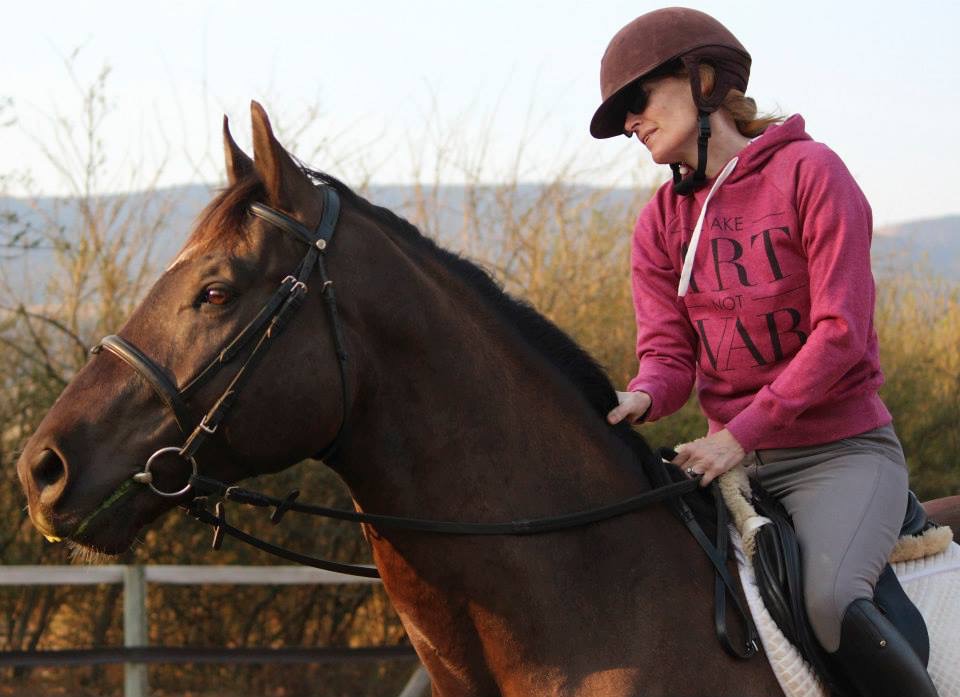
More resources
Books
- “Horse Speak: An Equine-Human Translation Guide” by Sharon Wilsie and Gretchen Vogel – This book provides insights into horse body language and offers practical advice on how to communicate with horses.
- “The Nature of Horses” by Stephen Budiansky – Explore the psychology, behavior, and the environment of horses in this informative book.
- “101 Ground Training Exercises for Every Horse & Handler” by Cherry Hill – This guide includes step-by-step techniques for improving ground handling and building trust.
Websites
- The Horse (www.thehorse.com) – A comprehensive resource for free articles and studies on horse health, management, and training techniques.
- Equus Magazine (www.equusmagazine.com) – Find expert advice on horse care, as well as insights into horse behavior and training.
- Horse & Rider (www.horseandrider.com) – This site offers training tips, gear reviews, and insights into the equestrian lifestyle.
Online Courses
- Ethology and Behavior of Horses on Coursera – Learn about the behavior and social structure of horses from a scientific perspective.
- Warwick Schiller’s Video Subscription – Access a wide range of training videos that cover everything from basic handling to solving behavioral issues.
YouTube Channels
- Warwick Schiller Performance Horsemanship – Warwick Schiller offers detailed training techniques and horse behavior insights.
- Rick Gore Horsemanship – This channel discusses horse psychology, handling techniques, and safety tips for horse handlers.
Podcasts
- Horse Tip Daily – A short, daily podcast featuring different experts giving horse care and training tips.
- Horses in the Morning – Enjoy a mix of horse news, interviews, and training tips with humor and fun.
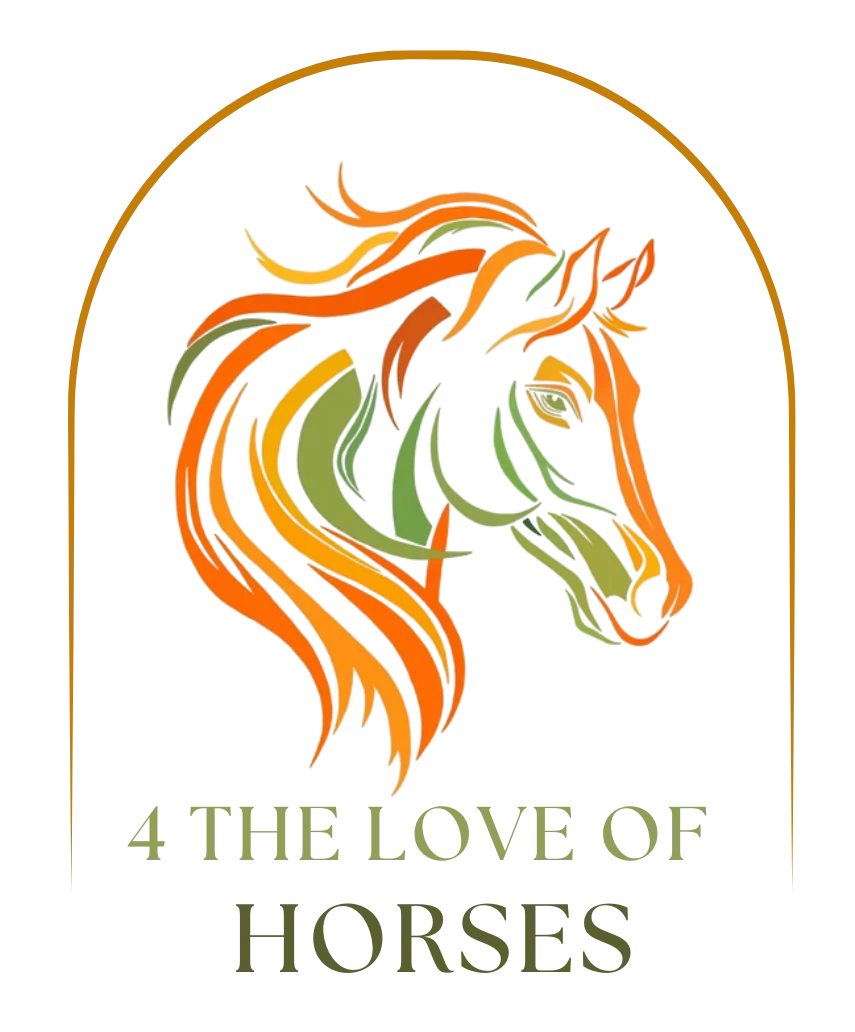
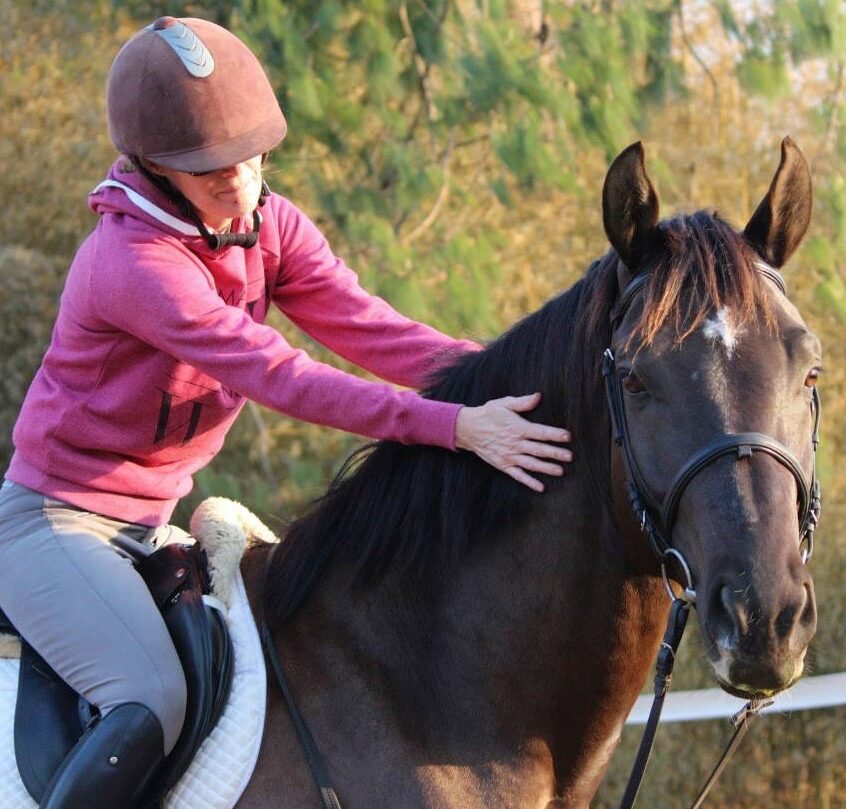
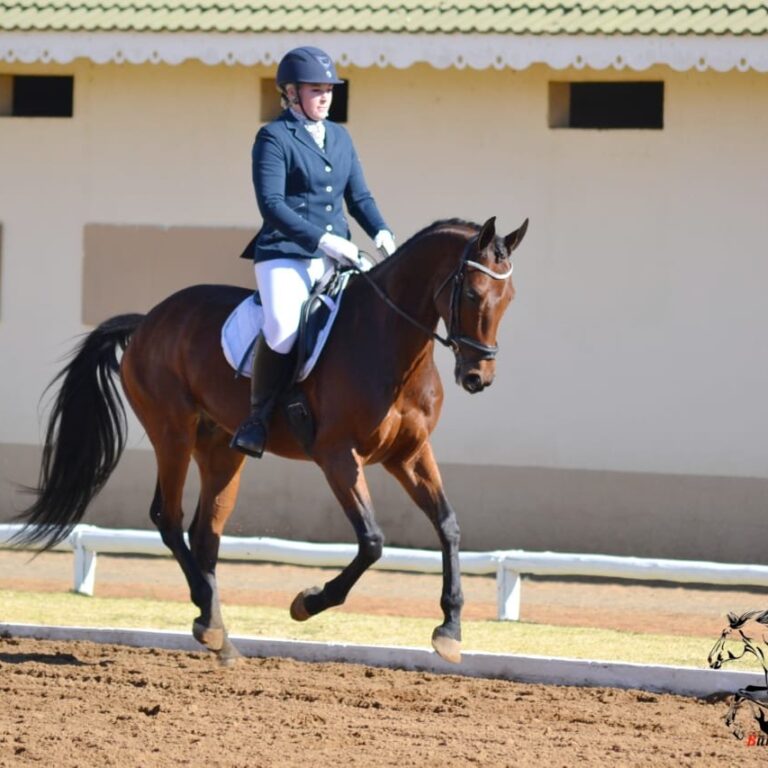
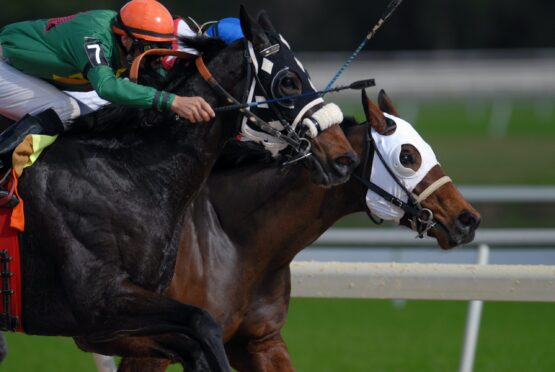
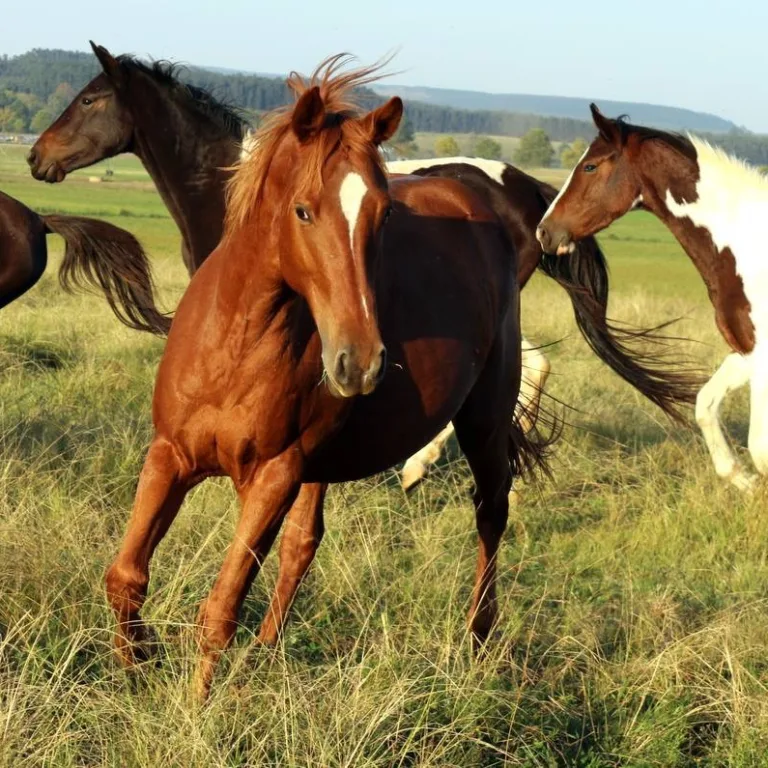
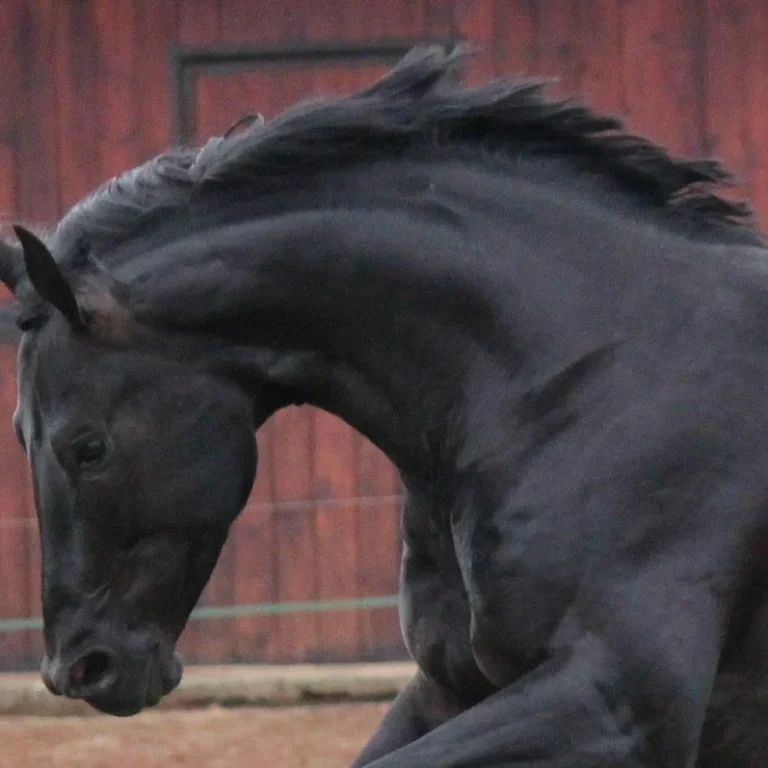
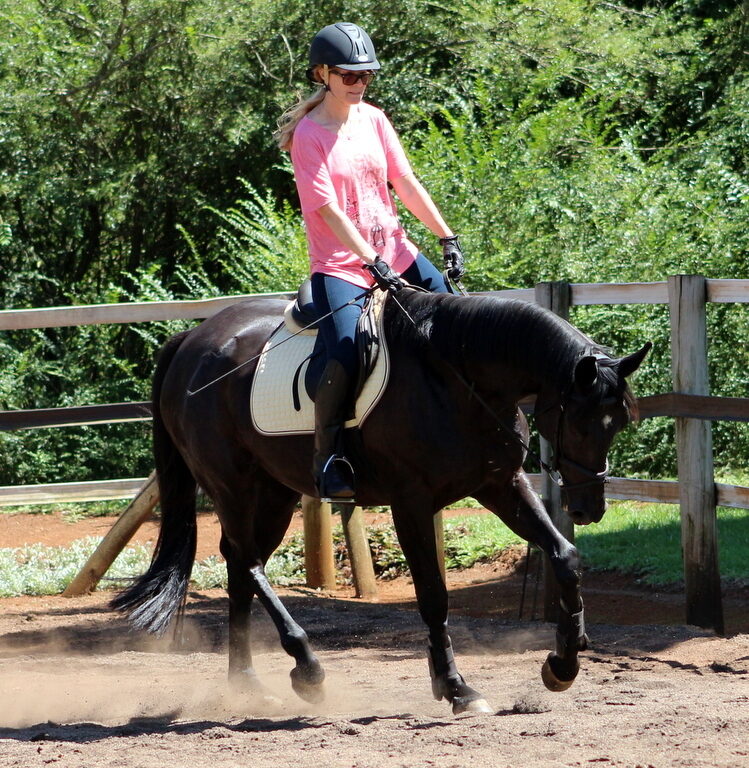
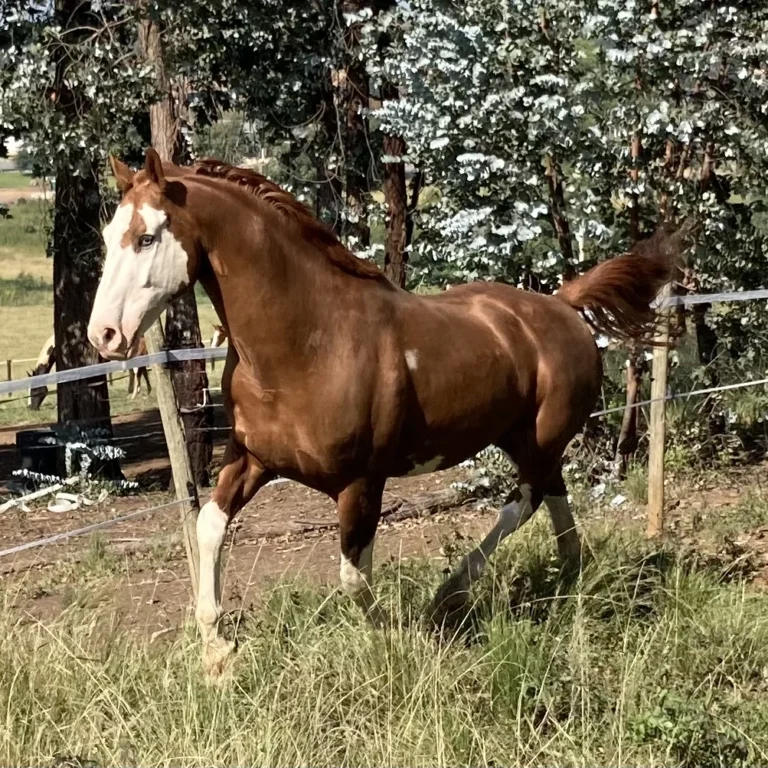
Leave a Reply